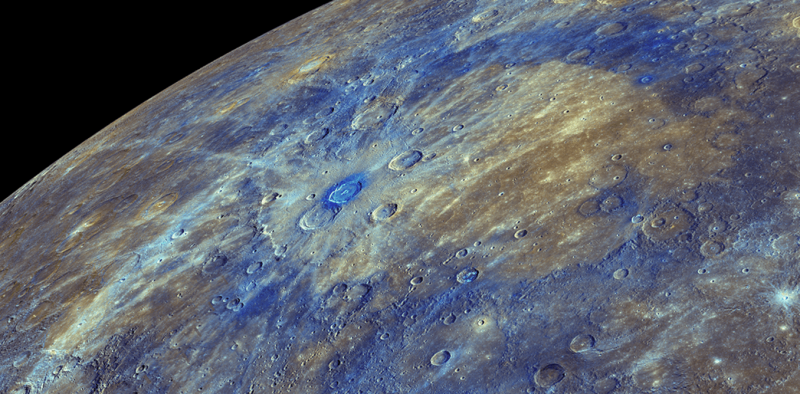Mercury s discovery and naming are not attributed to one person it was called nabu by the babylonians in the first millennium bc and its first record was found on the mul apin tablets where its name translated to the jumping planet

Mercury’s Discovery and Naming: A Fascinating Tale

When it comes to the discovery and naming of planets, it’s often attributed to the brilliant mind of a specific astronomer. However, in the case of Mercury, the smallest planet in our solar system, its origins are scattered throughout different civilizations and time periods. Its intriguing journey starts with the Babylonians in the first millennium BC, who referred to it as Nabu - the messenger of the gods.
The Babylonians, renowned for their advanced astronomical observations, left behind important records on clay tablets known as the Mul.Apin tablets. These ancient artifacts shed light on the naming and identification of celestial bodies, including Mercury. In their observations, they noticed the peculiar behavior of this particular planet, which seemed to “jump” across the night sky. As a result, they aptly referred to it as the “jumping planet.”

Moving forward in history, the Greeks also made significant contributions to understanding Mercury. They associated the planet with Hermes, the messenger of the gods in Greek mythology. This connection resonates not only with the Babylonian portrayal of Mercury as a messenger but also with its fast-moving nature in the sky.
Throughout the centuries, astronomers continued to study Mercury, unlocking more insights into its intriguing characteristics. In the 17th century, Galileo Galilei observed Mercury through his newly invented telescope. His observations revealed that Mercury goes through phases similar to our Moon, further deepening our understanding of this enigmatic planet.
Moreover, many famous astronomers, such as Johannes Kepler and Isaac Newton, contributed to our knowledge of Mercury’s orbit and its gravitational interactions with other celestial bodies. Their findings, combined with advancements in technology, allowed scientists to unravel the mysteries surrounding this elusive planet.
In contemporary times, space missions have provided us with valuable data and captivating images of Mercury. NASA’s Mariner 10 spacecraft, launched in 1973, became the first to visit Mercury. It captured the first close-up photographs of the planet, revealing its cratered surface and providing valuable scientific data.
Later, NASA’s MESSENGER spacecraft, which stands for MErcury Surface, Space ENvironment, GEochemistry, and Ranging, conducted an extensive study of Mercury from 2011 to 2015. MESSENGER’s observations allowed scientists to delve deeper into Mercury’s geology, magnetic field, and even the possibility of water ice near its poles.
Overall, the story behind Mercury’s discovery and naming is a testament to human curiosity and our relentless pursuit of knowledge about the universe we inhabit. From its early mention as Nabu by the Babylonians to its connection with the Greek messenger deity Hermes, our understanding of this mesmerizing planet has evolved and expanded over millennia.
Disclaimer: This article is based on information from nineplanets.org and aims to provide an engaging and SEO-friendly overview of the topic.
Related Posts
Quick Links
Legal Stuff

